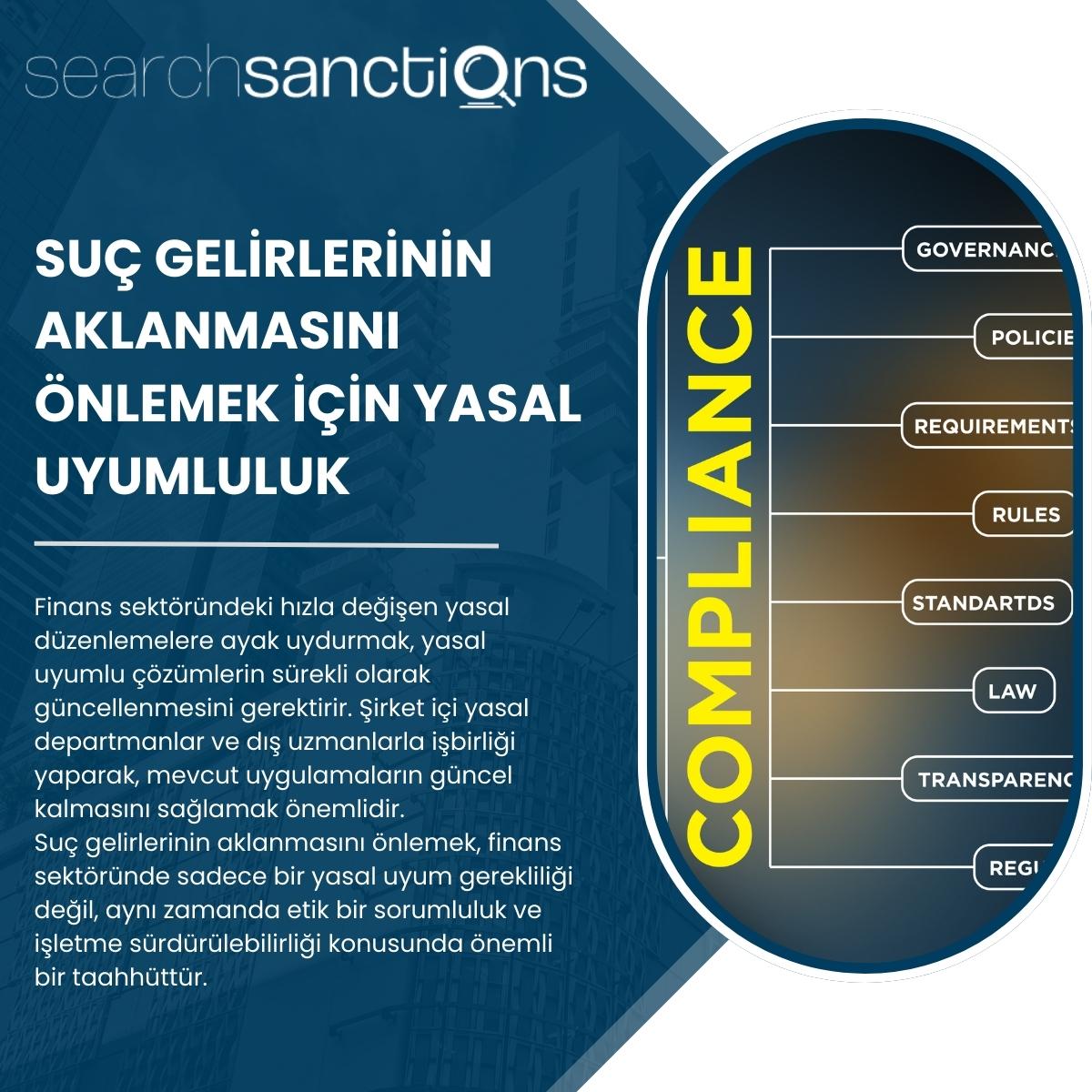Legal Compliance to Prevent Money Laundering
Today, the financial sector operates in an increasingly complex regulatory environment. Preventing money laundering is not only a legal obligation, but also an ethical responsibility and a critical factor in business sustainability.
1. Customer Authentication Processes:
Customer authentication processes for financial institutions are the foundation of strong regulatory compliance. Integration of KYC (Know Your Customer) and AML (Anti-Money Laundering) policies is important to ensure the accuracy and integrity of customer information. Electronic identity verification systems can accelerate and strengthen these processes by automating them.
2. Risk Assessment and Profiling:
Financial institutions should regularly assess their business processes and customer relationships. Risk profiling allows for the early identification of high-risk activities and the development of strategies to address them. Advanced analytical tools, big data analysis, and AI-enabled systems can be effective in optimizing risk analysis.
3. Employee Training and Awareness:
Employees in the financial sector are an important part of a strong line of defense against money laundering. Regular training on legal regulations, ethical standards and current threats can increase employee awareness. Moreover, it is useful to organize scenario-based trainings to make them more sensitive and prepared for insider threats.
4. Internal Controls and Automated Auditing:
Financial institutions should effectively manage their internal control systems. Automated audit and surveillance systems can assist in detecting and reporting suspicious financial activity. In addition to reducing manual errors, these systems can also identify potential moral and legal issues in advance.
5. Reporting and Breach Notifications:
Mechanisms for reporting suspicious circumstances can strengthen the internal control of financial institutions. Providing employees with a clear and accessible reporting process can help promote a transparent culture within the company. At the same time, regularly assessing the effectiveness of these mechanisms enables continuous improvements.
6. Legal Compliance and Continuous Improvement:
Keeping up with the rapidly changing regulatory landscape in the financial sector requires continuous updating of legal compliance solutions. It is important to collaborate with in-house legal departments and external experts to ensure that existing practices remain current.
Preventing money laundering is not only a legal compliance requirement in the financial sector, but also an ethical responsibility and an important commitment to business sustainability. Therefore, establishing a comprehensive legal compliance program that incorporates the aforementioned strategies is critical to ensuring the safety of financial institutions and making them more resilient to future risks.
It is important to adopt a range of strategies to comply with Anti-Money Laundering (AML) laws and enhance online security for financial institutions. Here are online security strategies for financial institutions under AML:
- Two-Factor Authentication:
- Use two-step authentication to access online accounts.
- Require this method of verification when high risk is identified in customer transactions and accounts.
- Risk-Based Security Analysis:
- Implement a risk-based security analysis for high-risk customers and transactions.
- Continuously assess customer profiles with automated systems and intervene if necessary.
- Cyber Threat Monitoring and Detection:
- Use advanced security tools to monitor cyber threats on online platforms.
- Build a cybersecurity infrastructure that detects anomalies and provides immediate response.
- Digital Authentication Services:
- Integrate trusted digital authentication services to verify customers' digital identities.
- Establish digital identity verification processes focused on ensuring accurate and up-to-date customer information.
- Training and Awareness Programs:
- Educate employees and customers on online security issues.
- Create an awareness program that encourages reporting suspicious activity.
- Suspicious Activity Monitoring:
- Continuously monitor online transactions to identify suspicious financial activity.
- Identify potentially risky situations such as large transfers, frequently changing account activity, etc.
- API Security and Data Encryption:
- Implement strong encryption protocols to ensure API security.
- Use industry-standard encryption methods to protect sensitive customer data.
- Advanced Data Analytics and Artificial Intelligence:
- Integrate advanced data analytics and AI applications to analyze online transactions.
- Utilize these technologies effectively for anomaly detection and identifying suspicious patterns.
- Regular Internal and External Audits:
- Subject online security measures to regular internal and external audits.
- Continuously update security strategies based on audit results.
- Rapid Response and Breach Notifications:
- Set up a system that immediately reports suspicious situations.
- Establish rapid response teams in case of detection of potential breaches and start the process immediately.
These strategies can provide a foundation for financial institutions to enhance their online security and comply with AML laws. These measures can help you build an effective defense mechanism to prevent money laundering.
Request Demo
You can contact us as to our services, integration processes, request demo or customized solutions.


